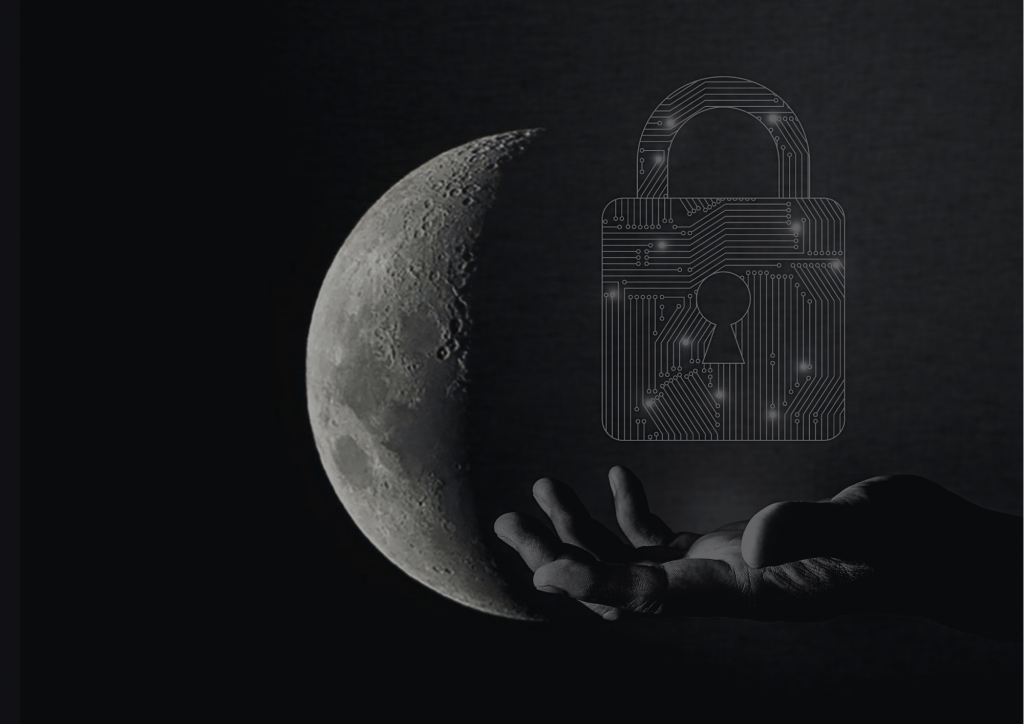Surface, Deep and Dark Web explained
The marketing quote saying “The best place to hide a dead body is the second page of Google search” became a meme several years ago. But there are way better places on the internet that Google will not show even if you get to the last page of its search results. And they are located in the Dark or Deep Web.
You’ve definitely heard of these parts of the World Wide Web already. And there are high chances you even thought that these are two different terms for one concept. But they are not. So what is the difference and why there is so much confusion? Let’s try to figure it out while diving into the deepest and the darkest areas of the internet.
Surface Web
The Surface Web is the indexed part of the internet. Whether used on a daily basis for a variety of tasks or just occasionally, it is well-familiar for most users. You can easily access the Surface Web using standard browsers such as Bing, Google, Microsoft Edge, etc. Let’s say you want to read a particular article written by a particular author. If Google can find it, it is a part of the Surface Web. No special logins, software, or hardware is required.
But what if you can’t find it? Does it really mean the article you are looking for does not exist? Surprisingly, only 4% of the content is only available for the general public in the web ocean. So there are high chances that you need to dive deeper unless you get to another 96% of the web.
Deep Web
The Deep Web has gained a really bad reputation. Being described by the media as an evil abyss where all the illegal actions are taking place, it raises serious concern in people’s minds.
The Deep Web is the non-indexed part of the internet, including websites that use logins or other methods to block the search engines from indexing. What content can’t be searched through well-known browsers? Most of the information that requires verification: bank accounts, emails, your social media pages, etc. Not allowing the full indexation of all web pages is explained by security reasons. Otherwise, all your personal information would be available to each and every internet user.
As you can see, the Deep Web is mainly harmless (especially compared with the Dark Web) and plays a huge role in users’ lives.
Dark Web
The Dark Web is only a tiny (less than 1%) part of the Deep Web. All the horror stories you’ve heard about the Deep Web were actually about the Dark Web. It requires special software or browsers like Tor. The software can provide anonymity and hide the locations, making it extremely attractive to criminals. More than half of the Dark Web websites offer illicit products or services like traffic drugs, stolen identities, child pornography, but tracking down the users is almost impossible.
Even the Dark Web has its bright side. Using this part of the internet without a digital footprint, political activists and journalists of countries that censor their digital environment save their lives, but keep informing others.
Still being so appealing, the Dark Web is an extremely dangerous place. Stumbling around it could be costly (literally and figuratively). Ross Ulbricht, who created and operated the darknet market website Silk Road, was sentenced to a double life sentence plus forty years without the possibility of parole. And just keep it in mind: the sites of the Dark Web crash from time to time – it’s just a part of their dark nature. So if you are looking for reliable service and customer support just keep away from the Dark side and stay closer to the surface of the web ocean. But if you still want to know more, read our next article Dark Web: software and networks.
Briefly explained
